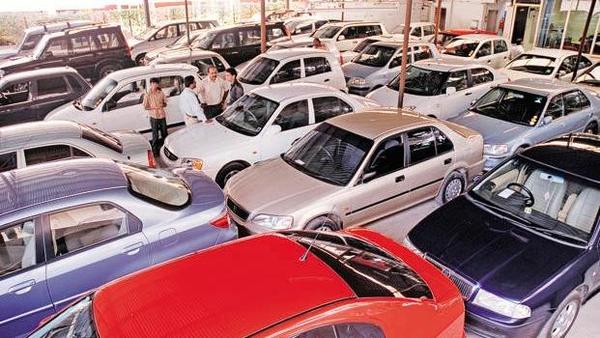The size of India’s pre-owned or second-hand car market could be between 6.7 million units and 7.2 million units by 2022, with the value of the segment pegged at ₹50,000 crore, according to a sector outlook released by Mahindra First Choice Wheels Ltd, the pre-used car business of Mahindra and Mahindra Ltd.
According to the report, the share of organized retail channels will be around 30%, with the share of unorganized channels likely to continue at 40%. About 30% of customers will continue to buy the product directly from previous owner.
The used car market touched the 4-million-unit mark in FY19 which is 1.2 times the new car market, as sales of the latter remained subdued due to a host of factors like uncertainty before the 2019 Lok Sabha elections and liquidity crunch being faced by non-banking financial companies (NBFCs).
The used car segment first received a jolt in 2016 largely because of the demonetisation since a chunk of the transactions are cash based, only to be followed by the introduction of Goods and Services Tax (GST) in 2017, wherein new and used vehicles were taxed equally. In 2018, though, the GST Council reduced taxes imposed on used cars to 12%-18% and removed the levy of additional cess.
The used car market is seeing tail winds following the rationalization of GST to 12-18% and is seeing increased investments across the value chain from procurement to retail, the report noted.
“If one looks at the shift in the market composition in the past decade, one would observe that the organized channel of the pre-owned car market has almost doubled its share from 10% to 18%, from FY11 to FY19. Over the past 4 years, the investment in companies in this sector has also been to the tune of over Rs. 5,000 crore,” the company noted in a press statement.
Only 17% of the total pre-used cars sold in the market are financed, while the rest of the transaction takes place in cash. In the new car segment almost 85% of the purchases are financed.
According to Ashutosh Pandey, MD and CEO, Mahindra First Choice Wheels Ltd, the evolving consensus seems to be that the winning model in this space is the one that shares three key characteristics – it is transaction-led, full stack (retail and enterprise) and omnichannel (online and offline).
“An interesting, though not unexpected shift is the impact of technology in the consumers’ decision-making process, with price transparency and ease of vehicle discovery creating new ‘trusted’ channels in the pre-owned car ecosystem,” added Pandey.
[“source=livemint”]






